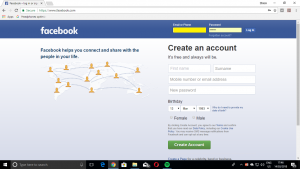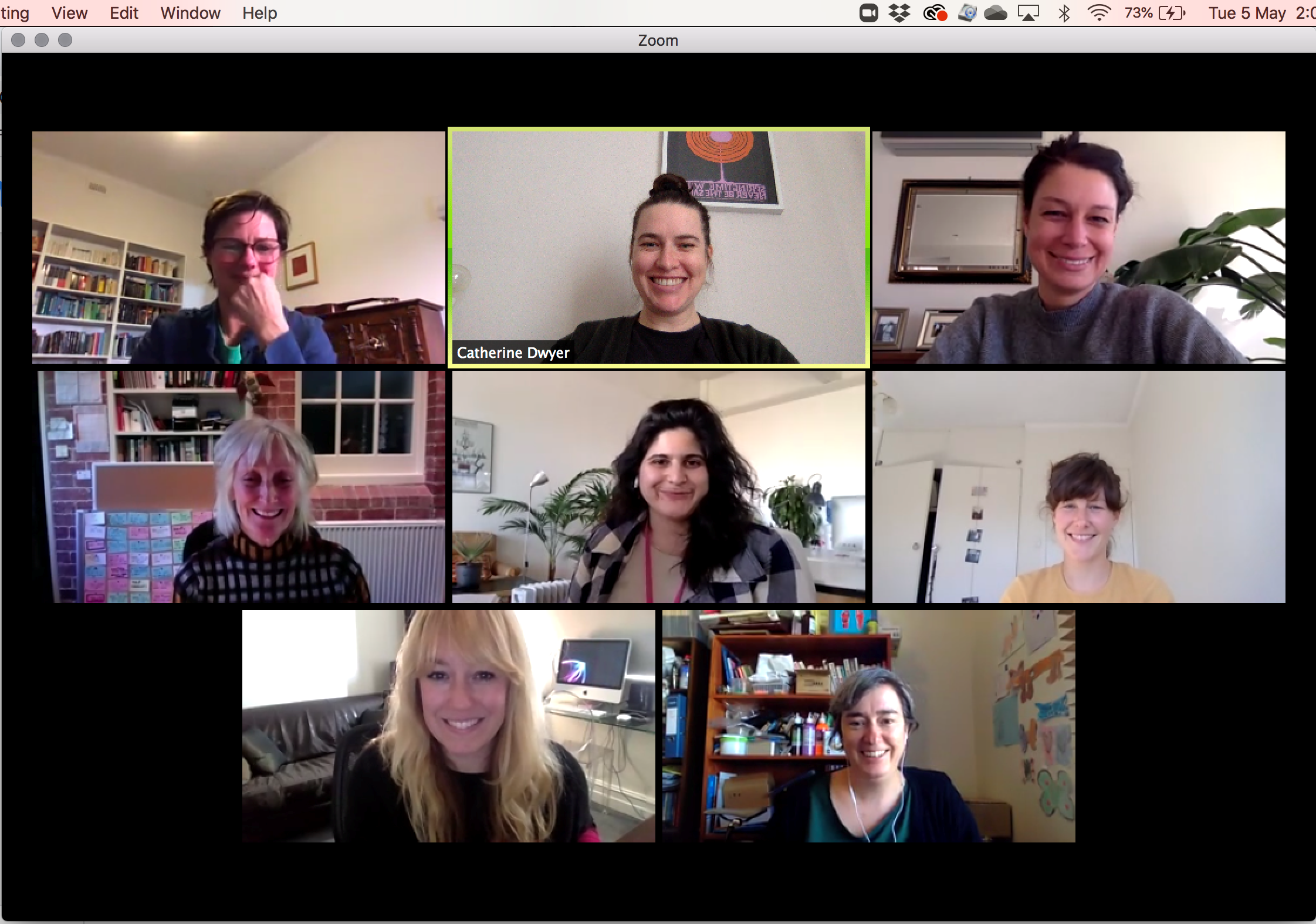As you hear about how different entities are managing fake news and disinformation, you may hear of “prebunking” in the war against these disinformation campaigns. Here, it is about making sure the correct and accurate information gets out first before falsehoods gain traction.
Fact-checkers operated by newsrooms and universities and engaged by media outlets and respectable online services typically analyse news that comes their way to see if it is factual and truthful. One of the primary tasks they do is to “debunk” or discredit what they have found to be falsehoods by publishing information about rebuffs the falsehood.
But the war against fake news and disinformation is also taking another approach by dealing with potential disinformation and propaganda in a pre-emptive manner.
Here, various organisations like newsrooms, universities or government agencies will anticipate and publish a line of disinformation that is likely to be published while concurrently publishing material that refutes the anticipated falsehood. It may also be about rebutting possible information manipulation or distortion of facts by publishing material that carries the accurate information.
This process is referred to as “prebunking” rather than debunking because of it forewarning the general public about possible falsehoods or information manipulation. It is also couched in terms analogous to inoculation or vaccination because a medical vaccine like one of those COVID jabs establishes a defence in your body against a pending infection thus making it hard for that infection to take hold in your body.
Prebunking is seen as a “heads-up” alert to a potential disinformation campaign so we can be aware of and take action against it. One way of describing this as prebunking as the “guardrail at the top of the cliff” and debunking as the ”ambulance at the bottom of the cliff”. These efforts are also a way to sensitise us to the techniques used to have us believe distorted messaging and disinformation campaigns by highlighting fearmongering, scapegoating and pandering to our base instincts, emotions and biases.
Prebunking efforts are typically delivered as public-service announcements or posts that are run on Social Web platforms by government entities, advocacy organisations or similar groups. Other media platform like television or radio public-service announcements can be used to present prebunking information. Where a post or announcement leads to any online resources, this will be in the form of a simple-language landing page that even provides a FAQ (frequently-asked questions) article about the topic and the falsehoods associated with it. Examples of this in Australia are the state and federal election authorities who have been running posts in social media platforms to debunk American-style voter-suppression disinformation that surfaces around Australian elections.
Such campaigns are in response to the disinformation risks that are presented by the 24-hour news cycle and the Social Web. In a lot of cases, these campaigns are activated during a season of high disinformation risk like an election or referendum. Sometimes a war in another part of the world may be the reason to instigate a prebunking campaign because this is where the belligerent states will activate their propaganda machines to make themselves look good in the eyes of the world.
But the various media-literacy efforts ran by public libraries, educational institutions, public-service broadcasters and the like are also prebunking efforts in their own right. For example the ABC’s “Media Watch” exposes where traditional and social media are at risk of information manipulation or spreading disinformation with this show, for example, highlighting tropes used by media organisations to manipulate readers or viewers. Or the ABC running a “Behind The News” video series during 2020 about media literacy in the era of fake news and disinformation with “The Drum” cross-promoting it as something for everyone to see. A similar video-lecture series and resource page has also been made available by the University of Washington on this topic.
What prebunking is all about is to disseminate correct and accurate information relevant to an issue where there is a strong likelihood of misinformation or disinformation in order to have people aware of the proper facts and what is likely to go around.




